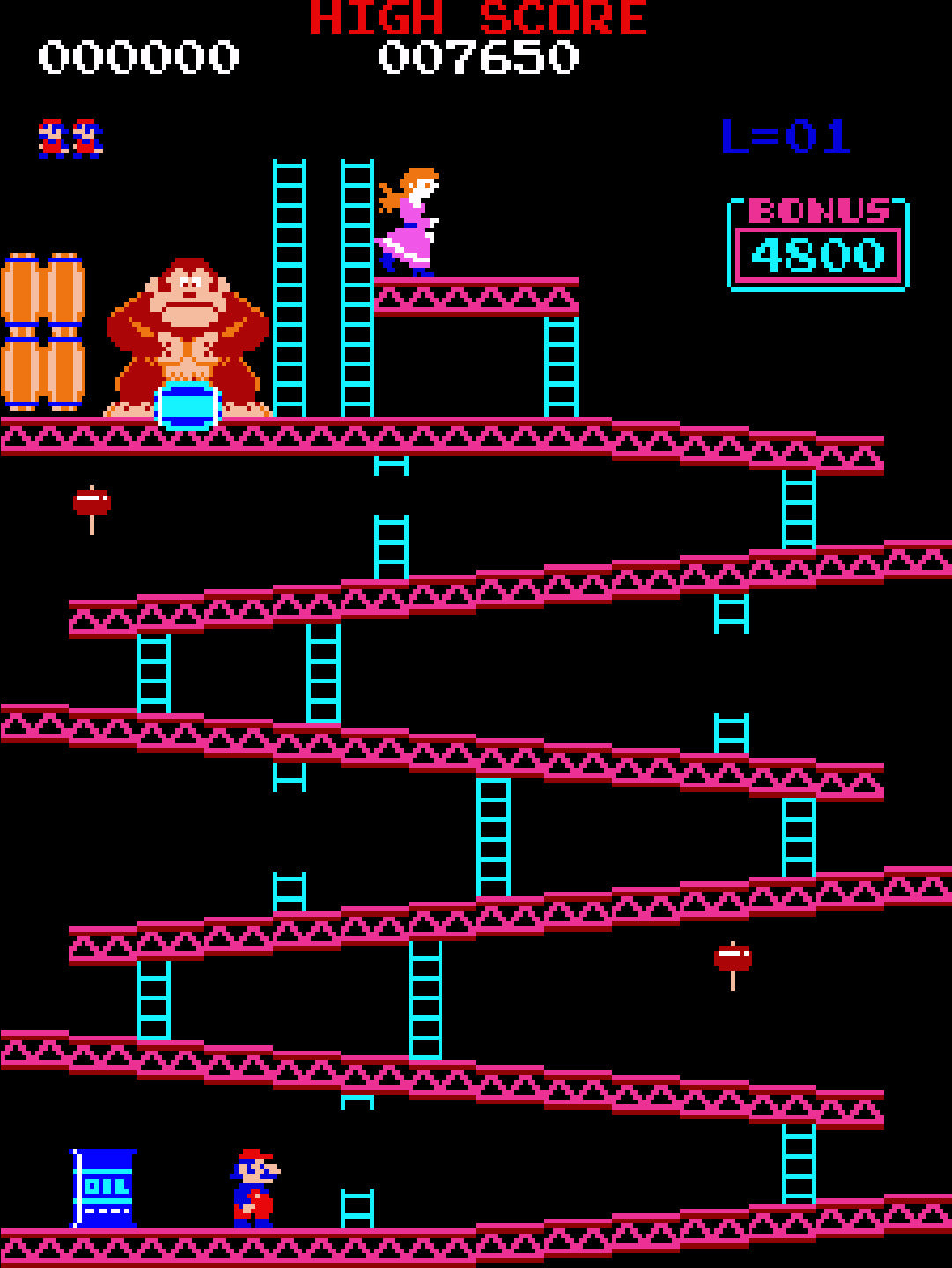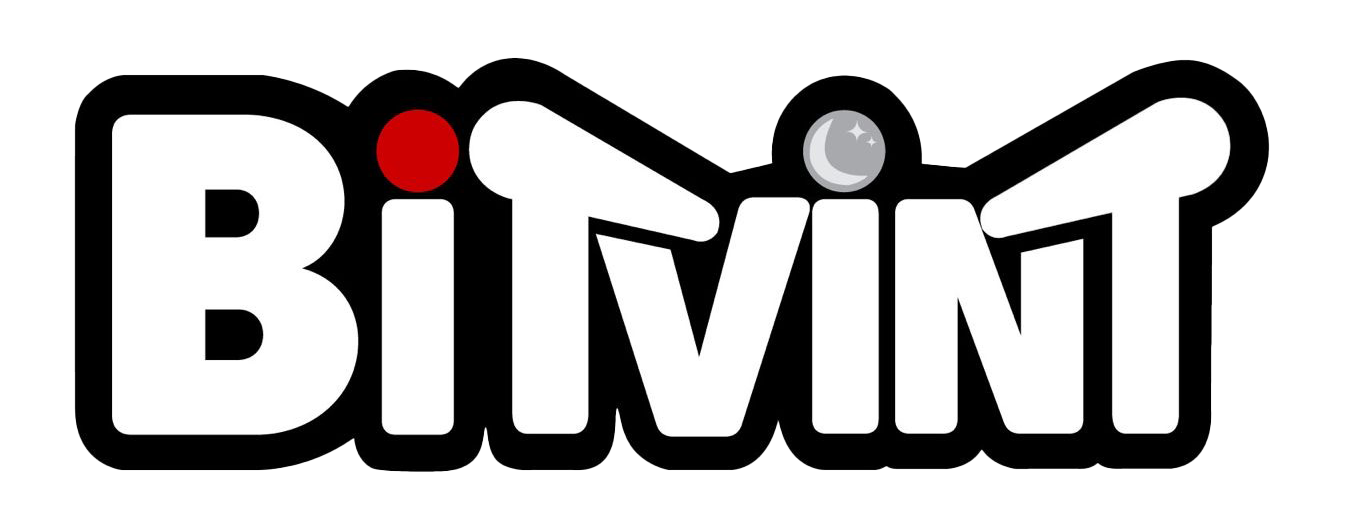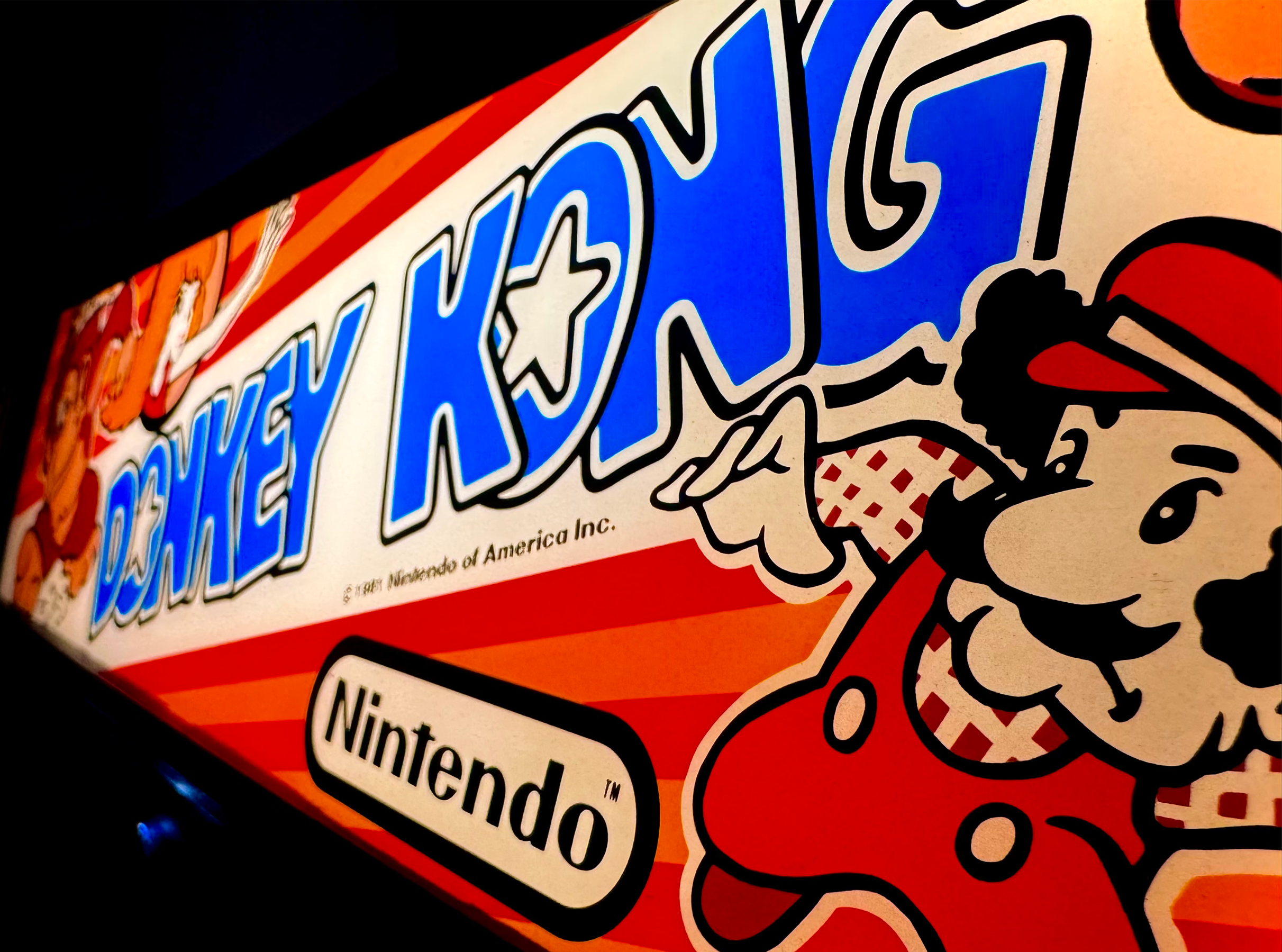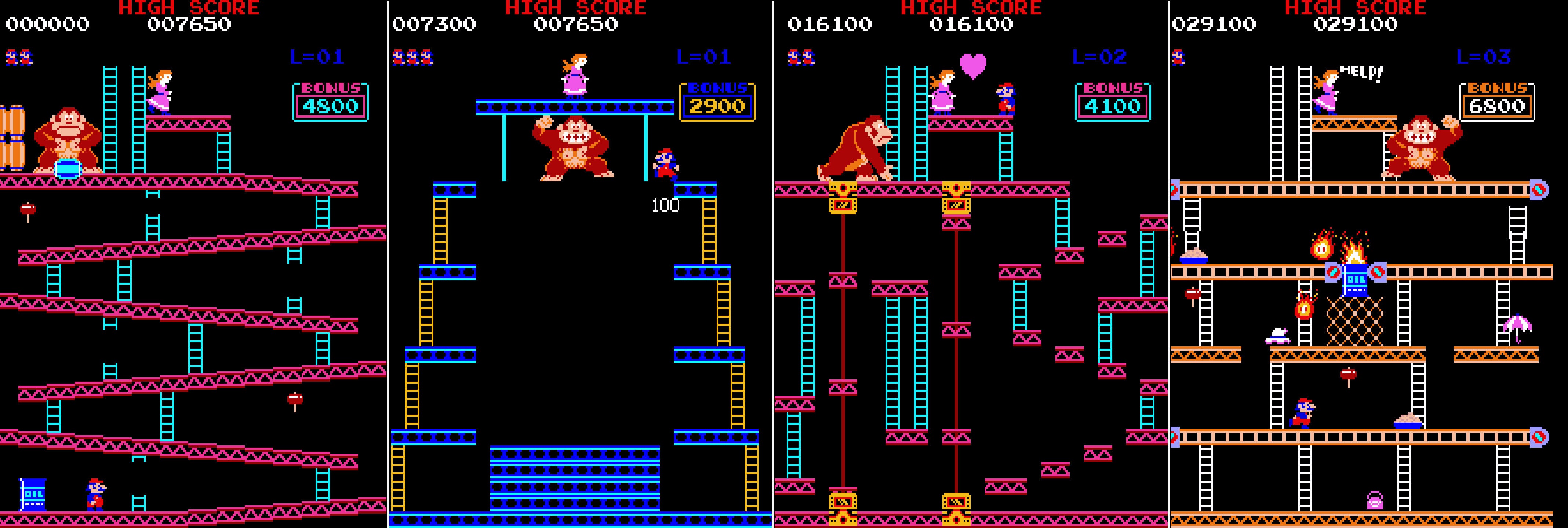Chapter 1: Before Donkey Kong – A Company in Crisis
In the late 1970s, Nintendo wasn’t yet a titan. In fact, its American arm was in trouble. Nintendo of America (NOA) had just launched its arcade venture, but things were falling apart fast. Radar Scope, a shooter that had done well in Japan, was a flop stateside. Of the 3,000 Radar Scope cabinets NOA imported, only about 1,000 sold. The other 2,000 gathered dust in a warehouse.
Minoru Arakawa, NOA’s president, was desperate. His partners Ron Judy and Al Stone were, as Howard Lincoln put it, "really strung out. Poor Ron. I can still see him sitting there when Mr. Arakawa said, 'We have this new game and we need to get it trademarked. The name of the game is Donkey Kong.'" Judy and Stone had been working on commission, struggling to distribute unremarkable games. "None of these games have been great. I didn't earn any money, and now the final blow is a game called Donkey Kong, which even my lawyer can't understand," Lincoln recalled.
Nintendo needed a miracle.

Chapter 2: The Game That Should Have Been Popeye
Back in Japan, a 28-year-old Shigeru Miyamoto had just been given his first shot at designing a game. Nintendo had originally secured the rights to make a Popeye arcade game, and Miyamoto envisioned a love triangle: Popeye, Bluto, and Olive Oyl, reimagined in game form. But technical limitations made Popeye’s intricate design unworkable. As Gunpei Yokoi explained, “It is a technological problem. In those days, we could not depict or draw the character of Popeye using the circuit properly."

That forced a pivot. Miyamoto still liked the cartoon dynamic and built new characters around it: a giant ape like Bluto, a damsel like Olive, and a little guy like Popeye. Artist Xavier Leslie Cabarga, known for drawing Betty Boop and Popeye, confirmed the influences: "I modeled Donkey Kong after Bluto, Pauline after Betty, and Mario after Popeye. I added white gloves because that was what early animation characters always wore."
The design was cartoonish, yet mechanically bold. Instead of using Popeye, Miyamoto had stumbled into something more original. "Why not come up with our own original character?" he later recalled. Donkey Kong was born out of constraint, not strategy.

Chapter 3: Designing a New Hero from Pixels
The original Mario was born from limitations as much as inspiration. He was just a 16x16 pixel sprite. "When games made overseas used human characters, they were always rendered with life-like proportions... But if we did that, we'd only have had a couple of pixels for the face," Miyamoto explained.
Everything iconic about Mario came from making the most out of limited pixels:
- No mouth: "You don't have to draw a mouth, which makes a big difference."
- A hat: Covered the inability to draw hair.
- Overalls: Helped distinguish his arms from his body.
- Mustache: A clever substitute for facial detail.
The profession? "We thought we had no other option but to make him a carpenter," Miyamoto laughed. The name? Miyamoto originally called him "Mr. Video." "If he had been called 'Mr. Video,' he might have disappeared off the face of the earth," he joked. Thankfully, Nintendo of America named him Mario.
Chapter 4: Jump, Barrel, Ladder: Building the Game Itself
The genius of Donkey Kong wasn’t in revolutionary technology. It was in elegant simplicity. Miyamoto set out to design something intuitive. "A fun game should always be easy to understand — you should be able to take one look at it and know what you have to do straight away."
The core idea: climb a construction site while dodging hazards. Players had to balance multiple simple actions — climb ladders, avoid barrels, time jumps — into a complex experience. "It's easy to climb higher and higher. It's also easy to avoid the rolling barrels. But it's when you try to do those two things at the same time that it becomes challenging," Miyamoto noted.
The jump mechanic wasn’t even part of the original plan. "Originally it was a game where you had to escape from a maze. To allow players to jump would have spoiled the strategic element. But then we thought: 'If you had a barrel rolling towards you, what would you do?'"
"Of course you'd jump over it!" he laughed. The jump button was added, and it worked so well it became defining.
Meanwhile, Miyamoto had grand ambitions for level design: "We wanted the game to be played on at least four connected screens." But technical staff resisted: "One screen is plenty! You're making four separate screens! You might as well ask us to make four different games!"
Donkey Kong would end up having four distinct levels, but only one per loop, unfolding sequentially. Still, it felt expansive.

Chapter 5: Bringing Kong to Life – Character and Sound
Donkey Kong himself was charismatic in a way few arcade antagonists were. He strutted, thumped his chest, and menaced from the heights. Artist Xavier Cabarga once noted he had tried to capture the power of classic animation villains: “Donkey Kong was Bluto in gorilla form.”
That character came alive thanks in part to the game’s sound design. Hip Tanaka, the composer, used unconventional techniques to inject personality into Mario’s footsteps and the rumbling of barrels. “In those days, there were no memory banks for sampled sound,” he recalled. “So we used capacitors to create analog variations… It gave the game more of a heartbeat.”
The difference was audible. “You’d hear Mario’s steps go dum-dum-dum-da-dum,” Tanaka said. “That kind of timing made him feel alive.” It was the first time arcade characters seemed to have physical presence, not just functions.
Bill Kunkel of Electronic Games Magazine praised Donkey Kong’s animation as “as close to the realm of film animation as anything else in today’s arcades.”
Chapter 6: From Warehouse to Wonder
The first test cabinet was installed in a Seattle bar. Arakawa checked the machine every day. “It made about $35 the first day. Then $38 the next. It just kept going up,” he recalled. That bar had a hit on its hands.
But convincing distributors wasn’t easy. When Arakawa told Ron Judy about the name, Judy was furious. “Donkey Kong? What does that even mean?” Even Nintendo’s lawyer balked.
Yet the coin boxes didn’t lie. The game made money everywhere it was tested. When asked by a skeptical sales rep if Donkey Kong had real appeal, distributor Al Stone simply pointed to the numbers: “It’s a hit. Believe the quarters.”
Donkey Kong outsold everything Nintendo had ever released. NOA’s revenue jumped from $4.7 million to $111 million in a year. They sold over 65,000 units in North America alone.

Chapter 7: A Cultural Quake
Donkey Kong triggered a chain reaction across pop culture. The characters showed up on lunchboxes, cereal boxes, and in cartoons. But the most important effect was on Nintendo itself. It wasn’t just a successful game — it was a template.
The game was soon adapted for home consoles. A port appeared on the ColecoVision, then the Atari 2600, then Nintendo’s own Famicom. Each version reinforced the characters. Mario became a franchise. Kong would return in sequels and crossovers. Pauline would reappear decades later in Super Mario Odyssey.
Nintendo was now a character company. And Donkey Kong, for all his barrel-hurling madness, was their first icon.
Chapter 8: Legacy
Donkey Kong didn’t just redefine arcade games — it redefined Nintendo.
It pioneered multi-level design, character animation, and storytelling in gameplay. It launched the career of Shigeru Miyamoto, who would become the most important designer in video game history.
And it showed that games could be more than high scores and explosions. They could be expressive. Emotional. Even cute.
As Hip Tanaka once said: “It may have been a relatively simple game, but [Miyamoto] obsessed on a single dot… He was relentless. That level of commitment taught me a lot.”
Sources & Further Reading
- “Iwata Asks” (Nintendo)
In-depth interviews with Shigeru Miyamoto and Gunpei Yokoi on the origins of Donkey Kong, including gameplay philosophy, design challenges, and Mario’s creation. - Nintendo UK Classic Mini NES Interview (2016)
Special feature revisiting Donkey Kong’s history with commentary from Miyamoto, highlighting early design ambitions and industry impact. - Red Bull Music Academy: Hip Tanaka Lecture
A behind-the-scenes look at the sound design of Donkey Kong and Tanaka’s reflections on working with Miyamoto. - Beyond Donkey Kong: A Tribute to the Arcade Era
Used extensively for verified developer quotes and financial context, including Arakawa, Yokoi, and Cabarga interviews. - The Ultimate History of Video Games by Steven Kent
For Nintendo of America’s founding, Radar Scope’s failure, and distribution strategy. - Attract Mode by Jamie Lendino
Commentary on Donkey Kong’s gameplay difficulty and its leap in musical sophistication. - Arcade Mania! by Brian Ashcraft
Context for the Japanese arcade market and Donkey Kong’s commercial success. - Electronic Games Magazine, Issue 3 (May 1982)
Early reactions to Donkey Kong by Bill Kunkel, offering a period-authentic critical perspective.
Want to Go Deeper Into Arcade History?
- What Makes an Arcade Game Great? – A deep dive into the design principles behind the most unforgettable cabinets of all time
- Inside the Metal Slug Legacy: The Developers Who Made It a Classic – How a small team at Nazca crafted one of the most iconic run-and-gun series of all time..
- The Complete History of Mortal Kombat Arcade – How a gritty fighter became a pop culture phenomenon.
- Capcom’s 19XX Series: The Complete History – The vertical shooters that defined a generation of arcade firepower.
- The History of Beat ’Em Up Arcade Games – From Double Dragon to Final Fight, here’s how brawlers ruled the late ’80s.
- The Complete History of Space Shooter Arcade Games – The genre that launched arcades into orbit.
- The King of Fighters Legacy: Inside SNK’s Genre-Defining Saga – How SNK’s 3v3 fighter evolved from a crossover gamble into one of the deepest and most beloved fighting franchises in the world.
Questions you might have:
Who created Donkey Kong?
Donkey Kong was created by Shigeru Miyamoto, a renowned video game designer.
What is the first Donkey Kong game ever released?
The first Donkey Kong game ever released was simply titled "Donkey Kong" in 1981.
What made Donkey Kong so popular?
Donkey Kong became popular due to its innovative gameplay, memorable characters, challenging levels, and its ability to captivate players and extend its influence beyond the arcade screen.
What are the top three Donkey Kong arcade games?
a) Donkey Kong
b) Donkey Kong Junior
c) Donkey Kong 3
What are the key gameplay elements in Donkey Kong games?
Key gameplay elements in Donkey Kong games include platforming, jumping, climbing, and solving puzzles while avoiding obstacles and enemies like barrels and insects.
Are there any upcoming Donkey Kong games or projects in development?
- There have been announcements of upcoming Donkey Kong projects, such as "Donkey Kong Country" games for various Nintendo consoles and appearances in new Nintendo titles, ensuring his continued presence in the gaming world.


